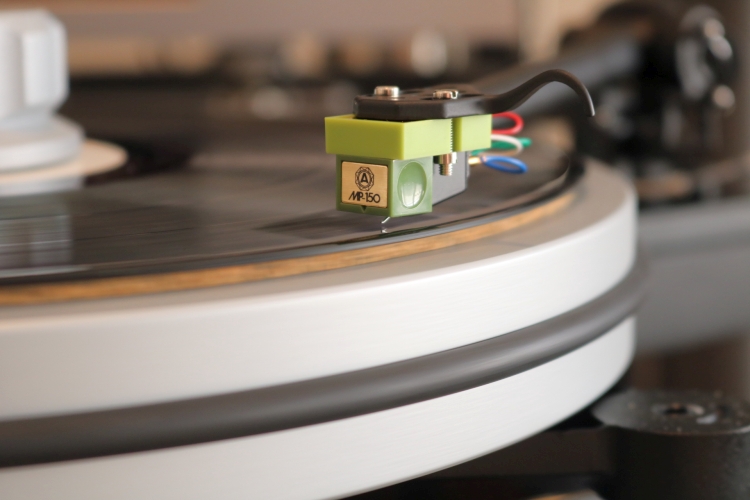
MP-150 with Avid TA-3 arm on Avid Sequel
Moving on to the subject of this review, the MP-150 is specified at 1.5-2.0 grams at 20 degrees celsius with a higher tracking force recommended for lower-temperature rooms. Since my room is at an always constant 22,5 degrees I normally use cartridges at their median specification.
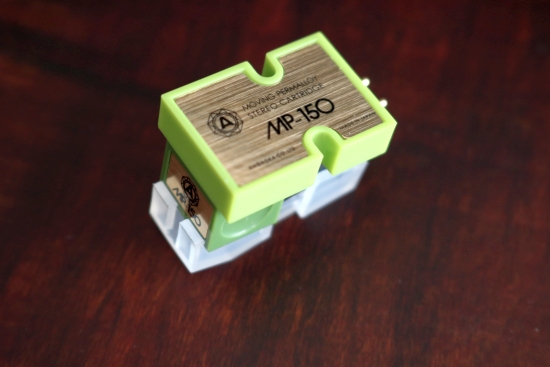
In order to enable easy swapping, I mounted the MP-150 to an Avid TA-3 arm (an OEM Rega RB330) and then swapped the entire arm. With the counterweight slid all the way over the yoke, the VTF was a very nice 1.78 grams which I thought was perfect while avoiding the use of the internal spring, since that tends to reduce the transient impact and overall dynamic feel. The arm has no VTA adjustment but judged using the SMARTstylus and Elvon tools, it was pretty much ideal.
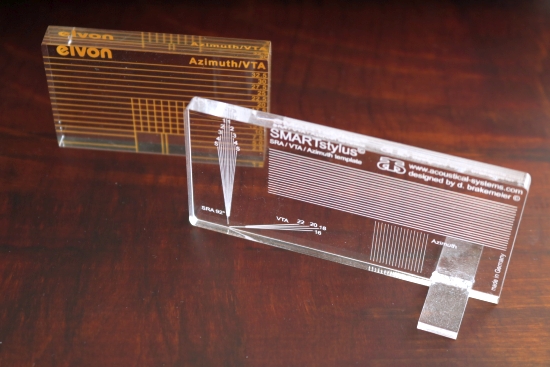
Retaining the 47kOhm setting on the phono preamp but adjusting the gain to compensate for the Nagaoka’s higher 4,5mV output (vs 2,5mV for the Avid/Audio Technica), I was taken aback by how much of an improvement the MP-150 made.
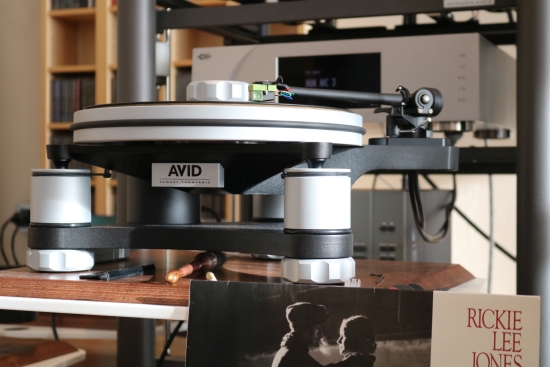
Even with zero hours of use, the cartridge immediately sounded great. Powerful and dynamic, impactful yet refined, neutral and well-balanced, and with especially nimble and powerful bass. Often, I find that MM’s have a knack with bass that even expensive MC’s can struggle to achieve and the MP-150 is no exception. It’s got a very linear tonal balance with no artifice, timbrally, it is spot-on. Although it has a highly energetic delivery, the sound is never hard or edgy.
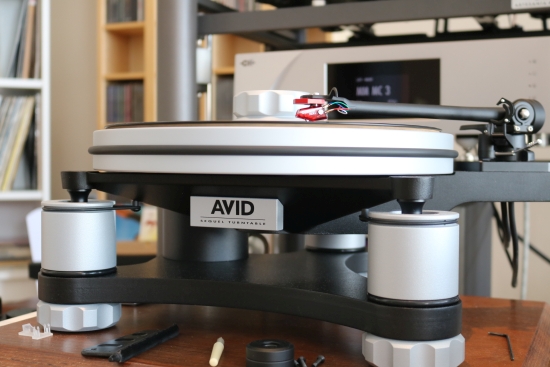
I have also used a Dynavector 10×5 high output MC cartridge with the same tonearm and with all three Avid turntables. Fortunately, the VTA was again accidentally just about perfect for this cartridge so I could use it without any modifications to the arm height.
Fitted with a Shibata stylus, the 700 euro Dynavector is considered by many to be the class leader. Still retaining the 47kOhm setting, the cartridge certainly proves to be superb. It doesn’t really track any better than the Nagaoka but it retrieving nuances and low-level detail with higher resolution. However, in spite of its technical excellence, the Dynavector + TA-3 tonearm pairing had a business-like and dimensionally flat presentation that failed to move me emotionally. Setting the phono stage to 1000 Ohms helped in that respect, but also took away some of the energy and impact of the performance, whereas a higher setting such as 100kOhm even took the sound toward the clinical. Even when adjusted perfectly and with copious amounts of running in, this did not improve.
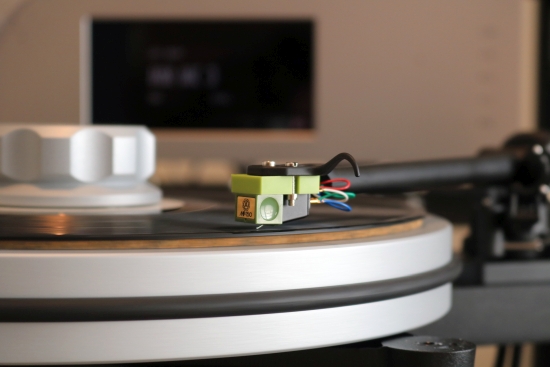
Going back to the Nagaoka, it was telling to note that, in a way, this tonearm/cartridge combination provides the same linearity and neutrality as the Dynavector but with more energy and a bouncier, more joyful delivery.
As can be expected from an elliptical stylus, the level of detail, resolution, and refinement lags slightly behind the Shibata-equipped Dynavector, the Nagaoka comparatively painting with slightly broader strokes. Elliptical styluses can span a wide range in terms of quality but it’s obvious that a high-quality Elliptical stylus is fitted to the MP-150. It really is leaps and bounds better than the entry-level Avid/Audio Technica cartridge. Most importantly, while the treble may lack the ultimate refinement that is possible with a more costly Line Contact or Shibata, the MP-150’s output is fluid, smooth, articulate, and clean, and absolutely never spitty even with sharply-recorded S-ses.
To be honest, judging from what I’d heard so far, I’d take the Nagaoka’s energetic, jumpy and immensely joyful presentation over the extra detail and refinement of the relatively lackluster and polite Dynavector.
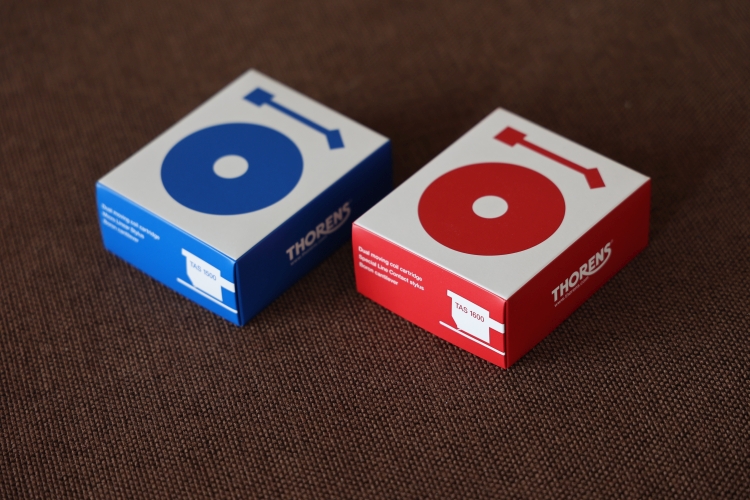
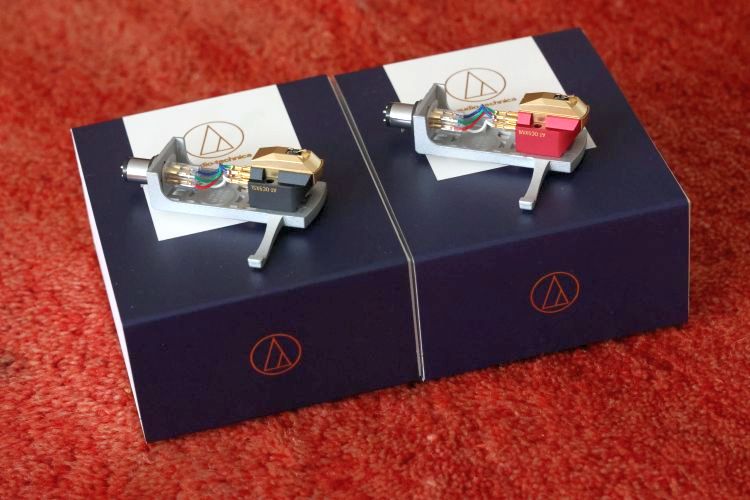
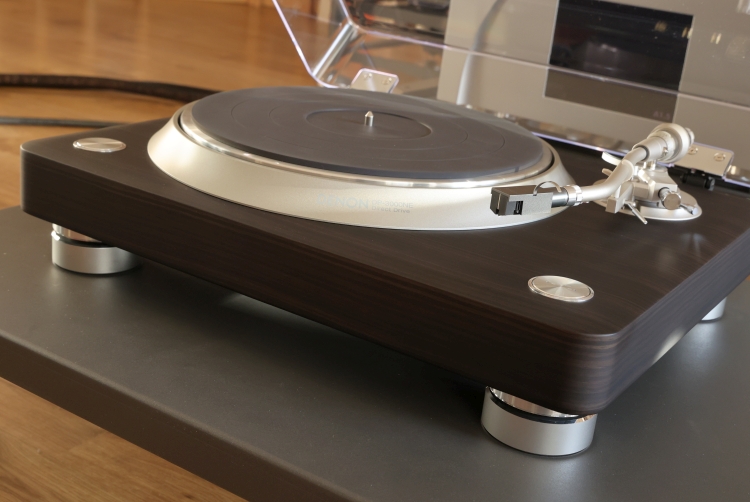
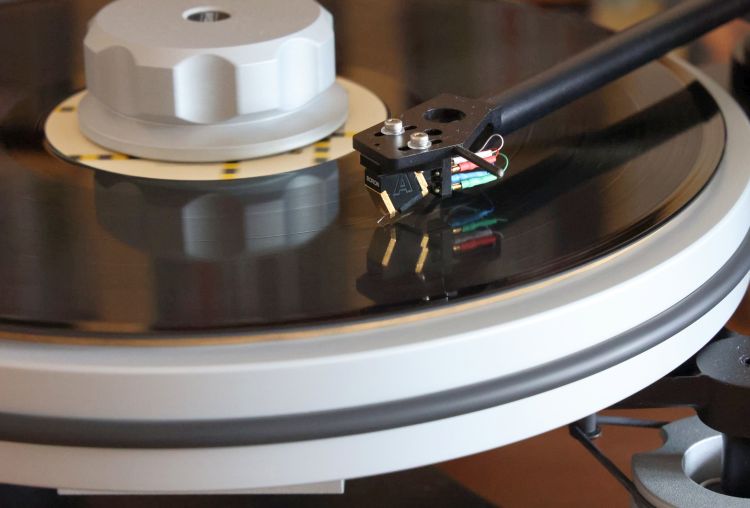
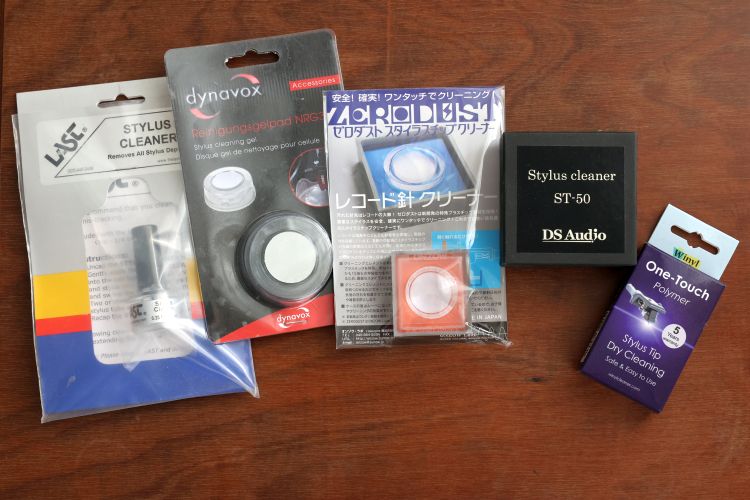
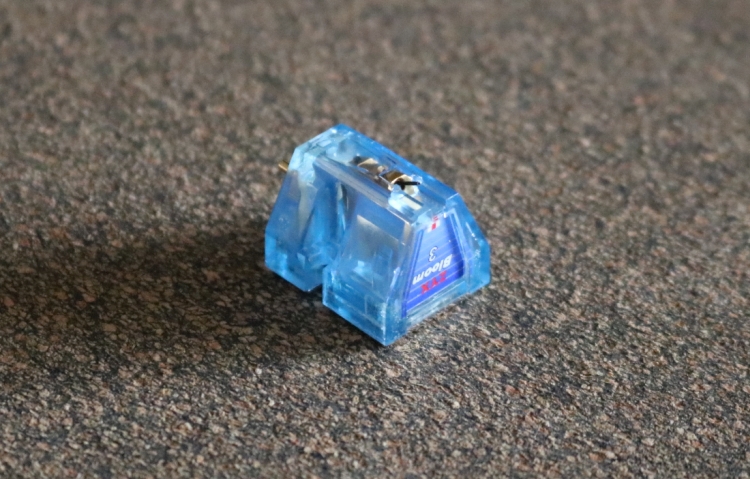
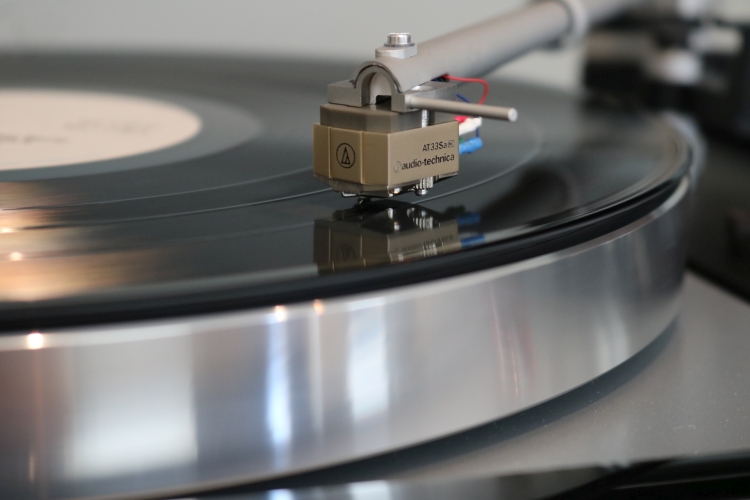
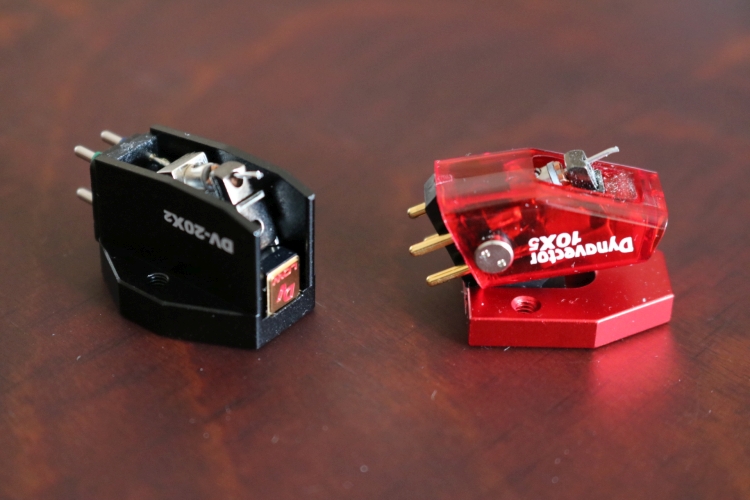
Hi Christaan,
Just a short comment. Great to read your review. It confirms my experiences with the Nagaoka MP300. It is mounted on a Jelco arm of a refurbqished and upgraded Lenco 76/S. Music is delivered by Lejenklou Slipsik7, Supernait 2 and Millon Phantom S speakers. I’d say this is a very fine, musically setup, detailed, dynamic, and fine bass. So MP300 give musically a real boost as it was an upgrade grom the Grado prestige Gold /basic
Ro-ject preamp.
Hi Christiaan,
Thank you for the review.
Since spring of 2021 I play with the Nagaoka MP300. It is a very impressive cartridge in my setup. Suits very well with my refurbished, upgraded Lenco 76/S, Jelco arm and recently bought Slipsik 7.1 phono preamp. Music has been delivered by Supernait 2 and Millon Phantom S speaker.
The Nagaoka replaced the Grado Prestige Gold. the MP300 is awsome, very well balanced with good dynamics, straffe bas, and a lot of nuance. So musically very pleasant, especially Jazz, Classical music and singer/songwriter. Maybe you get the chance to review all the MP’s.
Arjen
Hi Arjen, maybe I will review more of the Nagaoka range someday but it’s not on the calendar just yet. Too many other reviews to do:-)
The Nagaoka cartridges are not MM, they are Moving Permalloy, which is basically moving iron, much like a Grado
That’s a fair observation and good to note. But also note that Nagaoka themselves specify their cartridges as Moving Magnet (Permalloy). The main distinction here is that the carts have no moving coil and work with MM inputs.
Sorry, but you’re wrong. Permalloy is a magnetic material, but it is not a magnet. The Nagaoka cartridges contain samarium/cobalt magnets that do not move. The permalloy moves much like in a moving iron cartridge. Nagaoka magnets do not move.
This is a true music lovers cartridge
Rich liquid transparent expression